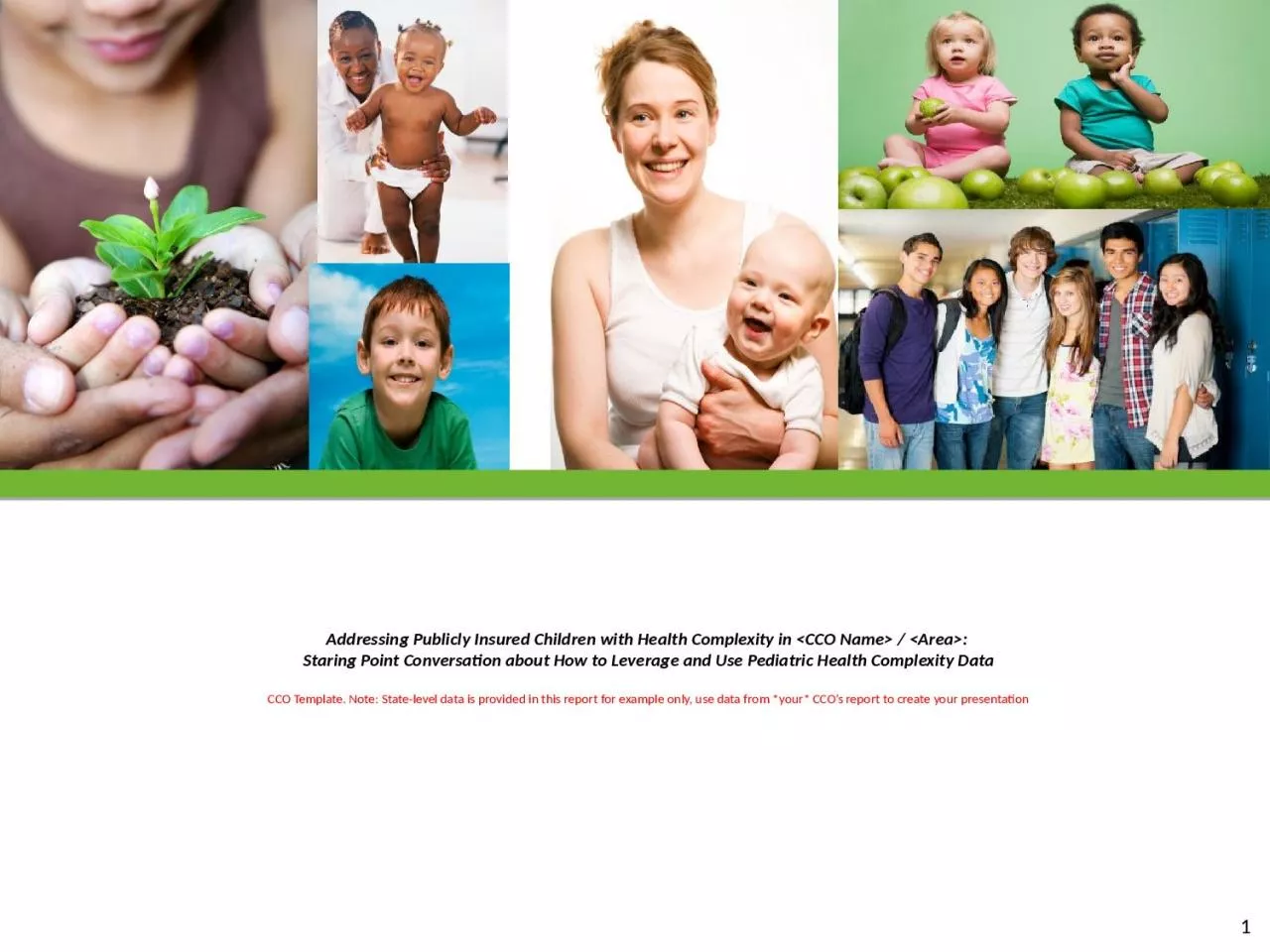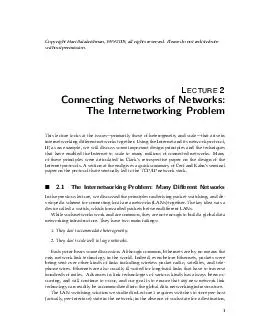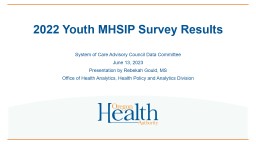PPT-Addressing Publicly Insured Children with Health Complexity in <CCO Name> / <Area>:
Author : samantha | Published Date : 2024-01-29
Staring Point Conversation about How to Leverage and Use Pediatric Health Complexity Data CCO Template Note Statelevel data is provided in this report for example
Presentation Embed Code
Download Presentation
Download Presentation The PPT/PDF document "Addressing Publicly Insured Children wit..." is the property of its rightful owner. Permission is granted to download and print the materials on this website for personal, non-commercial use only, and to display it on your personal computer provided you do not modify the materials and that you retain all copyright notices contained in the materials. By downloading content from our website, you accept the terms of this agreement.
Addressing Publicly Insured Children with Health Complexity in <CCO Name> / <Area>:: Transcript
Download Rules Of Document
"Addressing Publicly Insured Children with Health Complexity in <CCO Name> / <Area>:"The content belongs to its owner. You may download and print it for personal use, without modification, and keep all copyright notices. By downloading, you agree to these terms.
Related Documents














